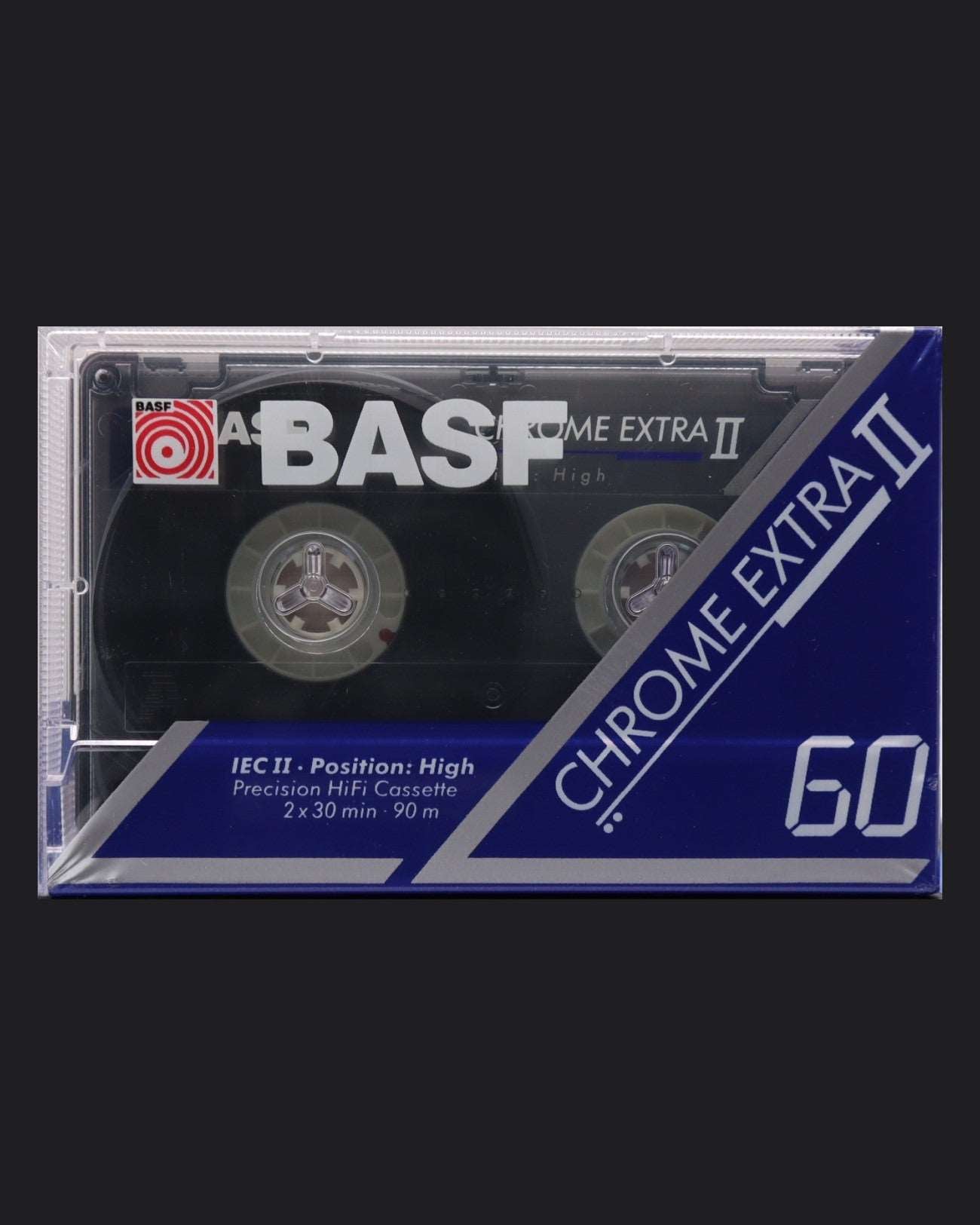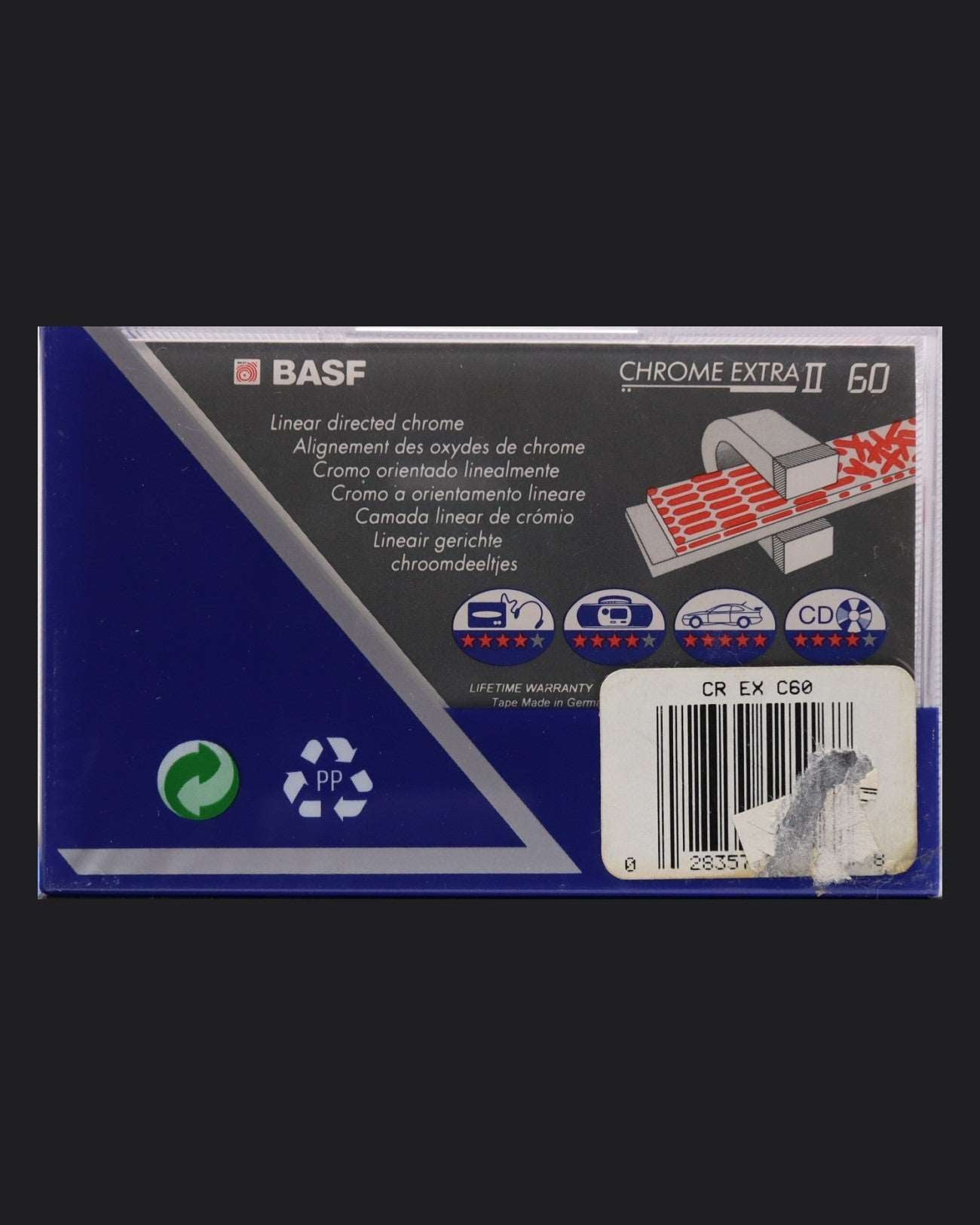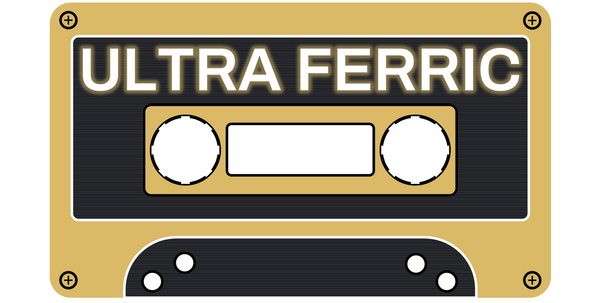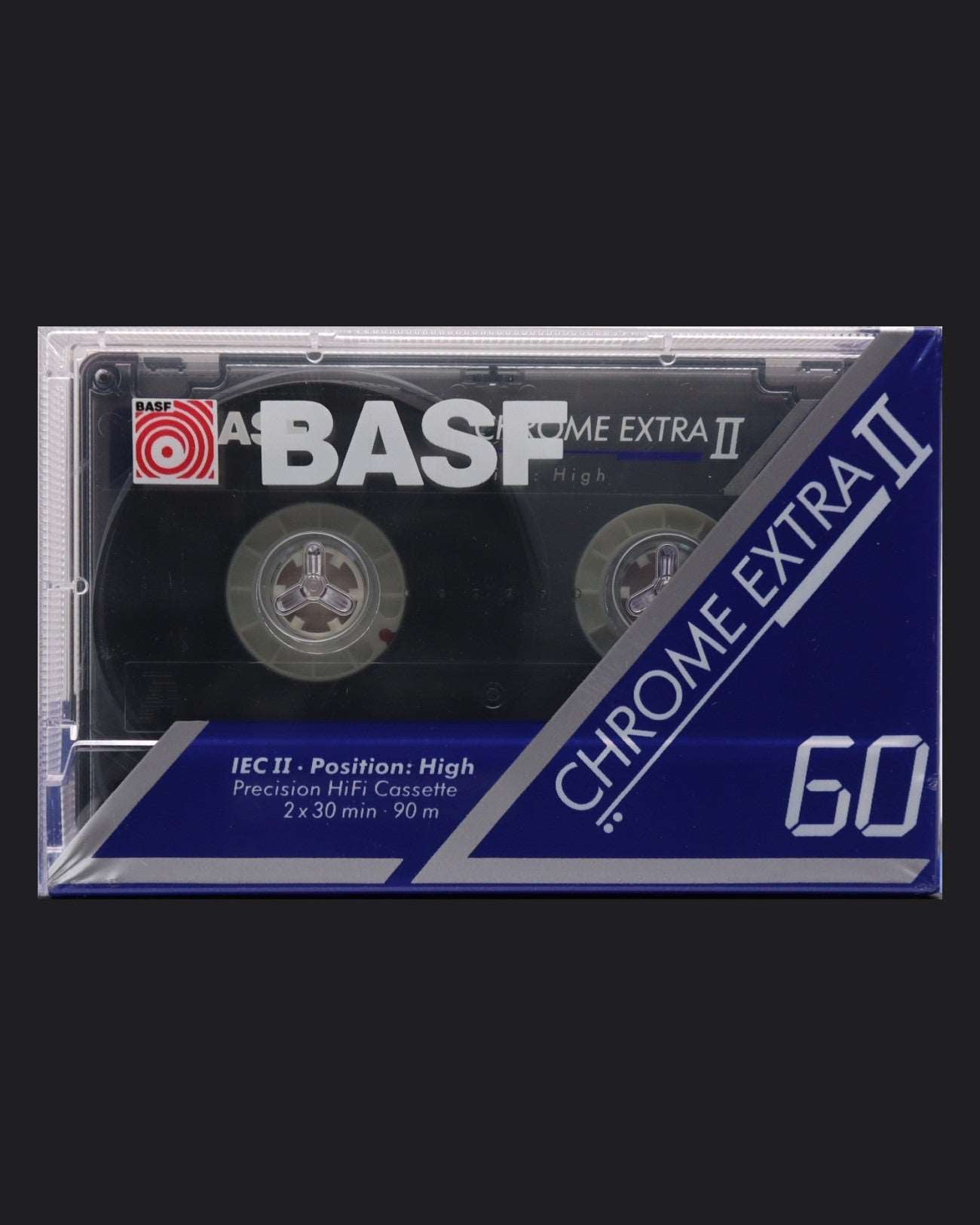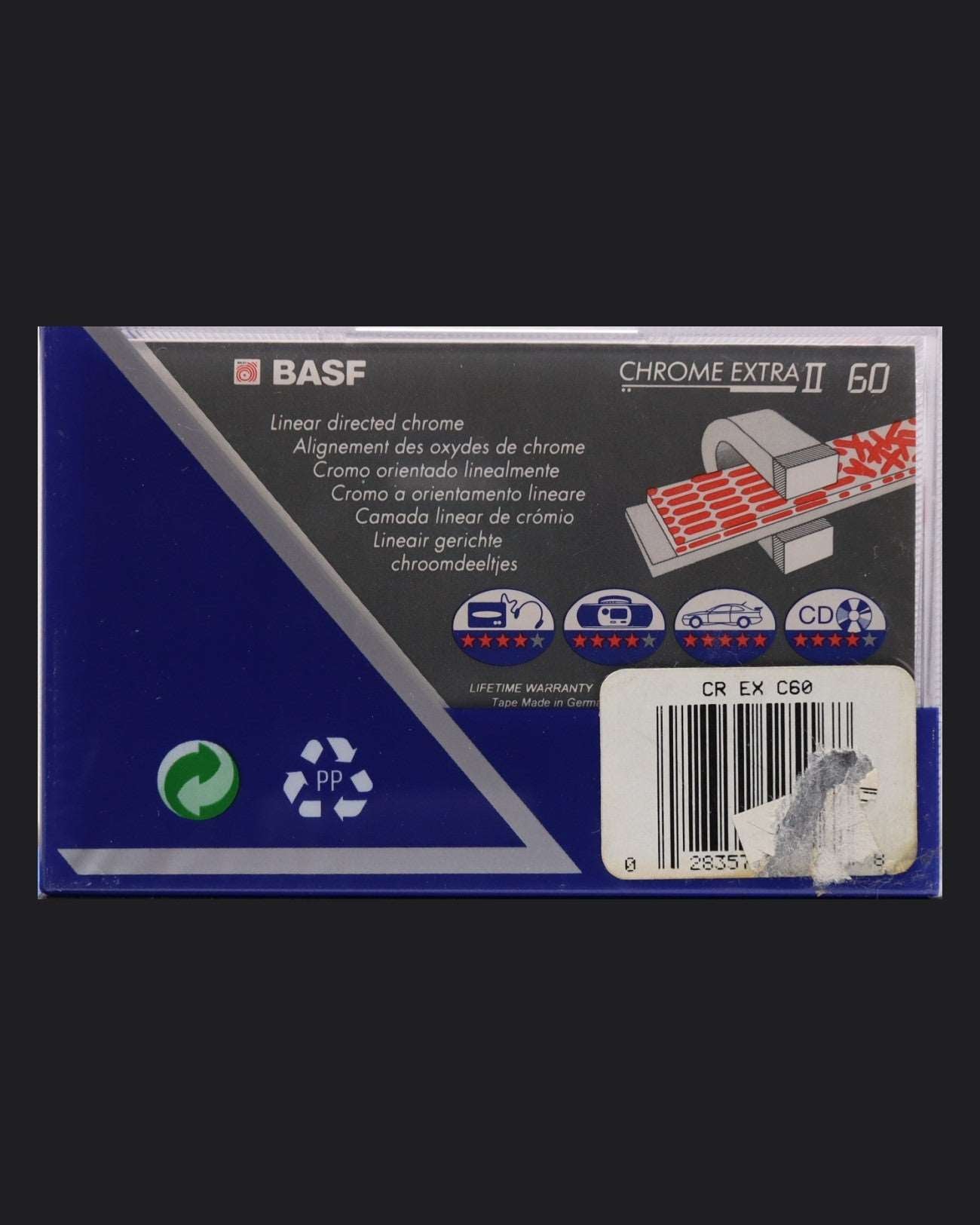BASF Chrome Extra II (1991-1993) Cassette Tape
BASF Chrome Extra II (1991-1993) Cassette Tape
Sold out
Couldn't load pickup availability
Cassette Description
The BASF Chrome Extra II (1991-1993) is a high-quality, blank audio cassette tape designed for professional recording and playback. Manufactured by BASF, a renowned chemical company known for its advanced materials, this cassette tape is ideal for musicians, producers, and audio engineers seeking reliable and high-performance recording media.
Cassette Technical Specifications
- Tape Type: Type II / Chrome
- Length: C120 (60 minutes per side)
- EQ: 70 ?s
- Barcode: 4009993017510
- Relative Sensitivity: -2.2 dB (1991), improving to -1.1 dB (1993)
- THD @ Dolby Level: 2% (1991), improving to 1.5% (1993)
- MOL400(1%): -4.9 dB (1991), improving to -3.3 dB (1993)
- MOL400(3%): +2.0 dB (1991), improving to +2.6 dB (1993)
- MOL1k(3%): +0.8 dB (1991), improving to +1.5 dB (1993)
- SOL10k: -6.5 dB (1991), improving to -6.6 dB (1993)
- Bias Noise: -55.7 dB, -60.6 dB(A) (1991), improving to -54.6 dB, -59.0 dB(A) (1993)
- Dynamic Range: 62.6 dB (1991), improving to 61.6 dB (1993)
User Reviews
User reviews highlight the tape's reliability and consistent performance. Many users appreciate the improved dynamic range and low bias noise, which contribute to clearer and more detailed audio recordings. However, some users note that the tape may require calibration adjustments in certain decks, particularly those calibrated for ferric tapes .
Cassette Key Features
- High-Bias Tape: Designed for high-fidelity audio recording and playback.
- Type II / Chrome Tape: Utilizes chromium dioxide for enhanced magnetic properties.
- 70 ?s EQ: Optimized for high-frequency response and minimal distortion.
- Clear Case and J-Card: Supplied with a clear case and J-card for easy identification and storage.
Improvements Over Previous Generation
The BASF Chrome Extra II (1991-1993) shows significant improvements over its predecessors, particularly in terms of dynamic range and low bias noise. The relative sensitivity and THD at Dolby level also see notable reductions, indicating better overall performance and reduced distortion. These enhancements make it a preferred choice for professional audio applications .
Share
